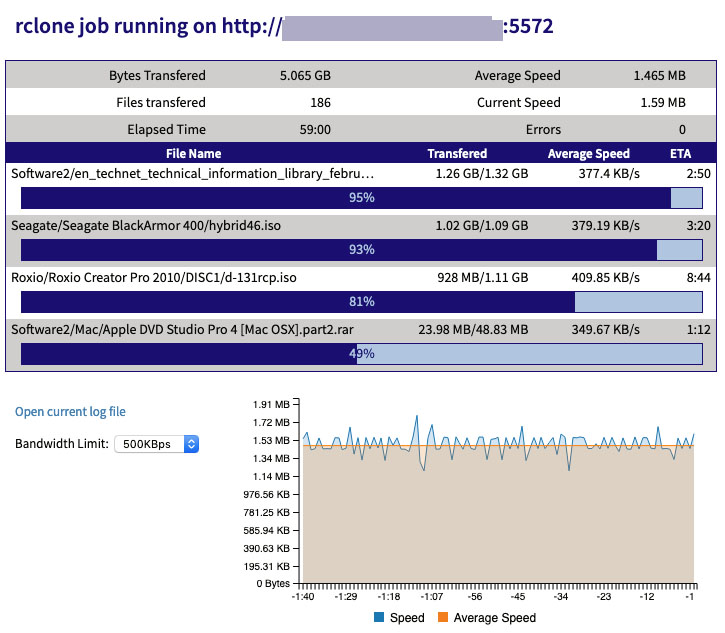

If your DSM doesn't support Docker, sorry, you are not able to continue. For example, I uploaded the file to a folder under my home directory called rclone, so the file is copied to home > rclone > nf. Upload the Rclone config file onto DSM (or copy all of the content to a new text file on DSM). Find your configured nf at those default locations. if your remote is named pcloud, this command should work: rclone ls pcloud:). After this step, you should have a nf file ready and you can use that file to list the target remote (e.g. Please follow if you don't know how to create it. If you don't already have a Rclone config file, install Rclone on your local PC and create a Rclone configuration that connects to your remote. Synology Hyper Backup =>(WebDAV protocol)=> Local Rclone WebDAV daemon managed by Docker =>(Sync to remote in background)=> pCloud/other cloud storages DSM can make it auto-restart and manage the lifecycle of the container for you, which is so convenient for people who don't have experience in software development. Unlike installing Rclone on DSM system itself (which requires some command line skills), Docker creates a virtual overlay filesystem and doesn't mess up with the original DSM filesystem at all. With Docker, Rclone becomes a daemon and can be easily managed by DSM UI. Why Docker Installing Rclone on DSM system would be fine but it will be removed every time after the DSM update. The easy interface and seamless integration earned the name "The Swiss army knife of cloud storage". Why Rclone Rclone is a high quality and handy tool that supports at least 50 different storage providers. Unfortunately, it doesn't work well with pCloud's WebDAV endpoint.

Especially file deduplication, client encryption, and friendly task management. Why Hyper Backup Synology Hyper Backup has many awesome features.


 0 kommentar(er)
0 kommentar(er)
